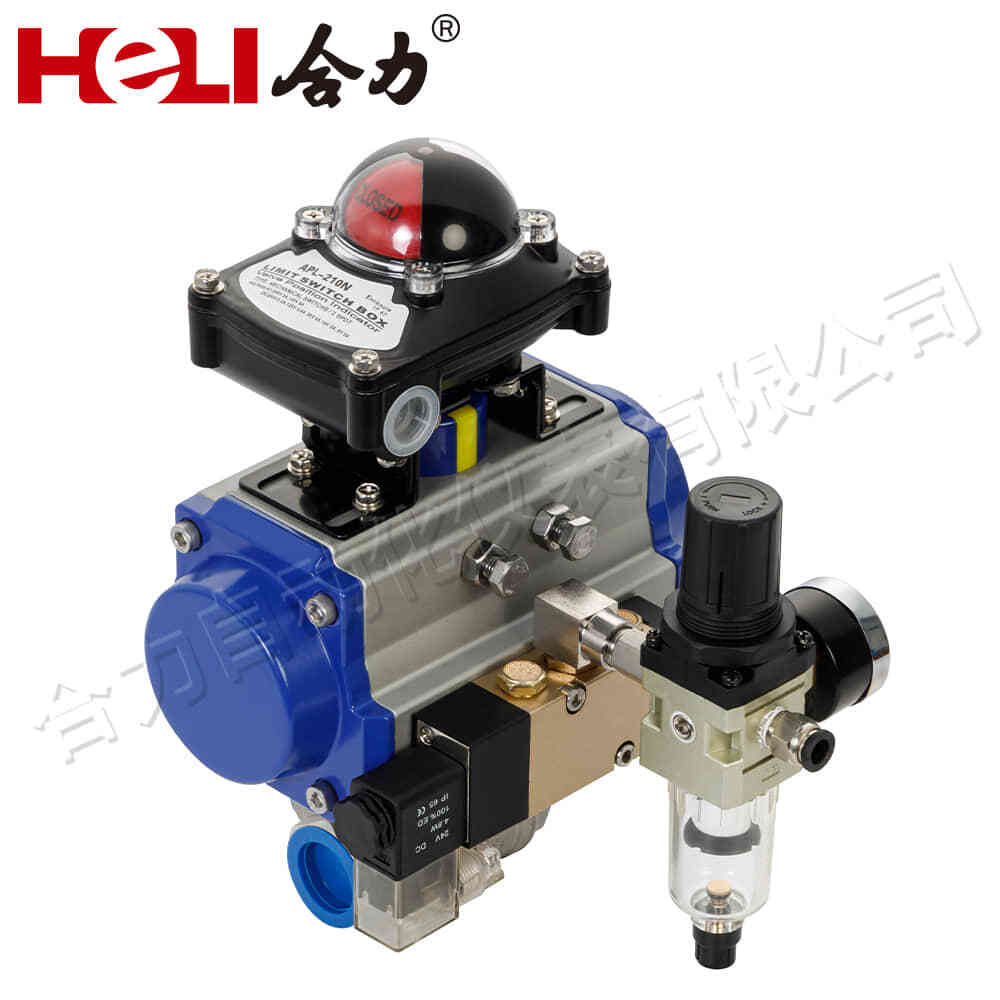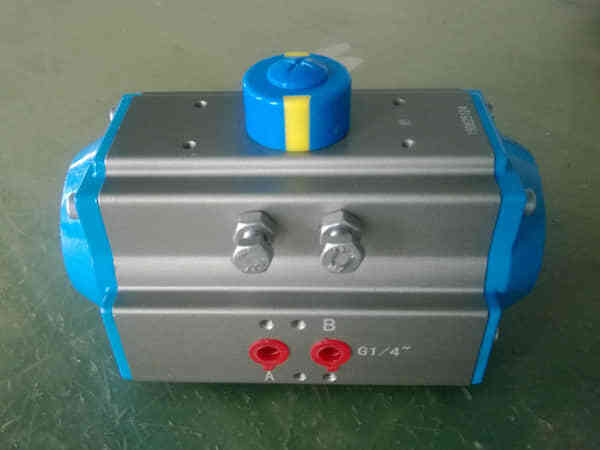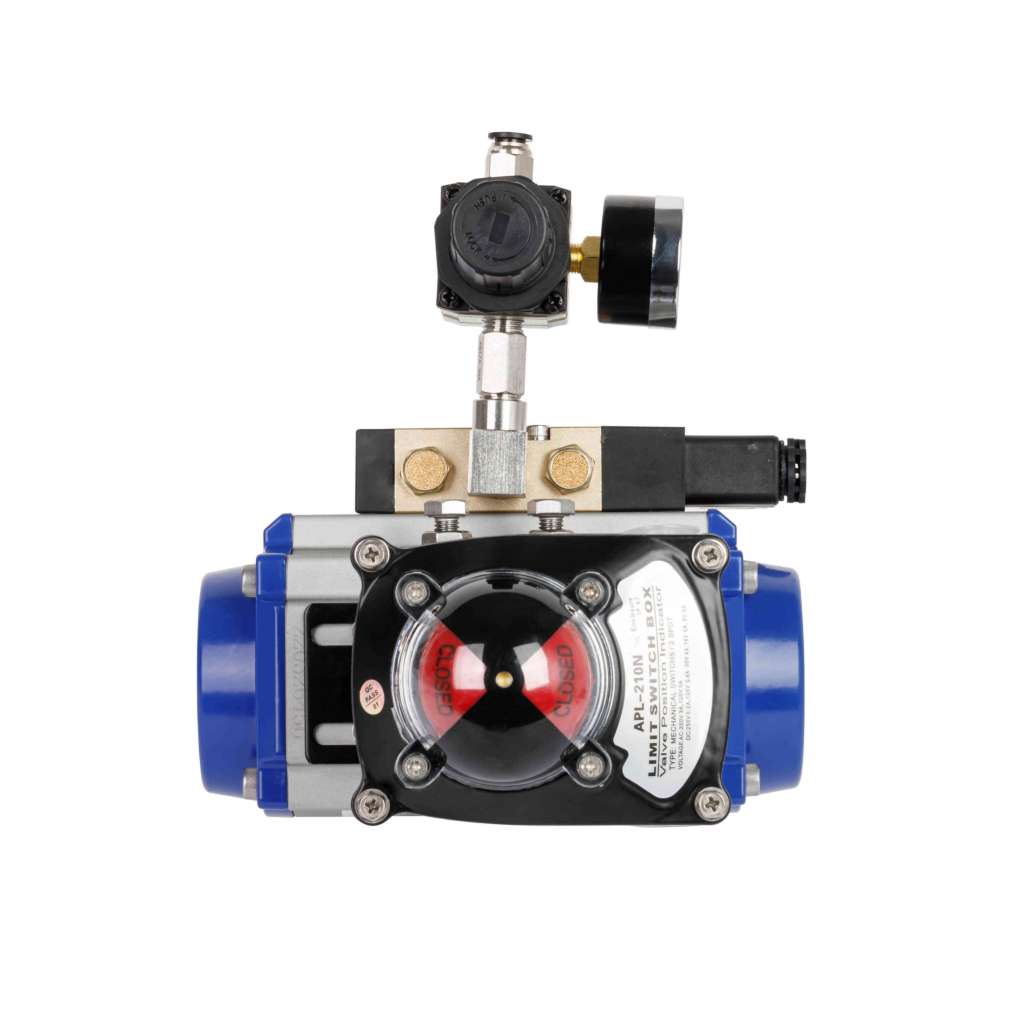
A pneumatic actuator is a device that uses compressed air to create mechanical motion. It is widely used in various industries, including manufacturing, automation, and robotics, for controlling or driving machinery and processes. Pneumatic actuators are essential components in systems where precise control of motion and force is required, and they offer several advantages over other types of actuators like electric or hydraulic ones. This article explores the principles, applications, and benefits of pneumatic actuators.

Principles of Pneumatic Actuators

